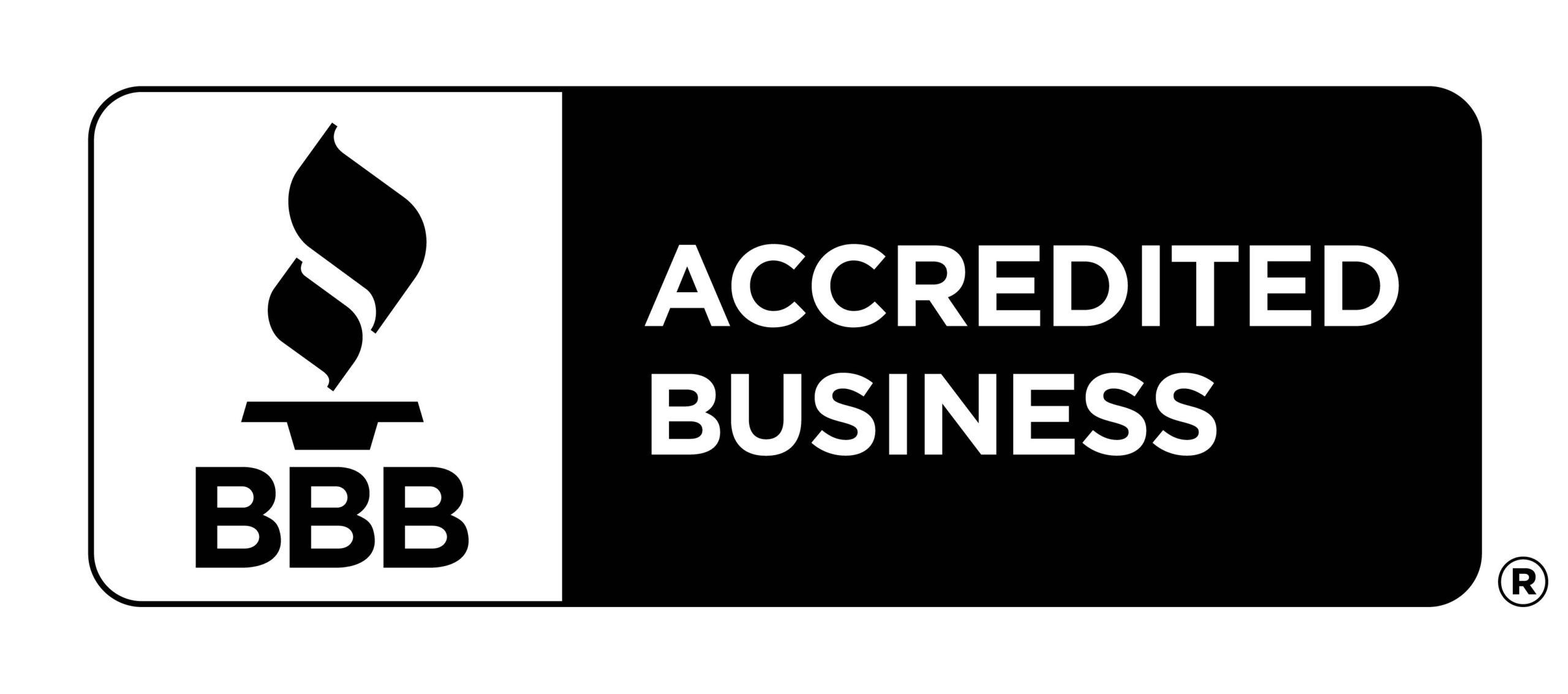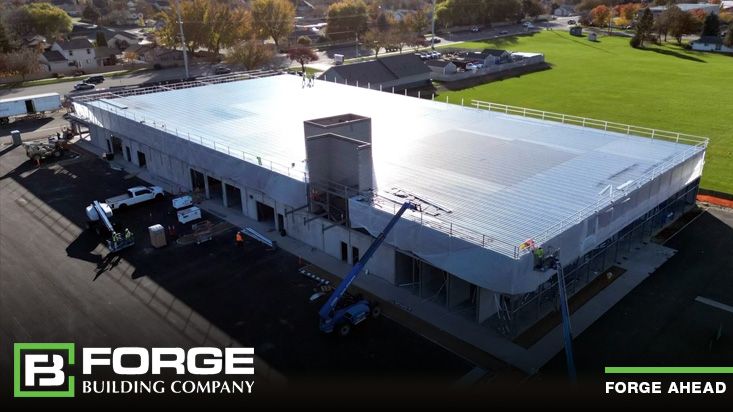
In today’s rapidly evolving landscape of construction and development, the demand for efficient, durable, and cost-effective solutions continues to soar. Enter pre-engineered metal building (PEMB) – a game-changer in the industry. A pre-engineered metal building system is a building that is constructed with a steel frame system that supports a metal roof and wall panels. They are pre-designed to adhere to precise dimensions in a factory, then the building components are brought to the site in completely knock down condition (CKD), and finally, they are fixed/jointed at the site and raised with the help of cranes.
An efficiently designed pre-engineered building can be lighter than the conventional steel buildings by up to 30%. Lighter weight equates to less steel and potential price savings in structural framework.
PEMBs have revolutionized the construction landscape across various sectors, including agriculture, recreational sports facilities, warehouses, aircraft hangers, community centers, storage warehouses, and more. These structures offer a plethora of benefits that make them an ideal choice for developers, investors, and owners.
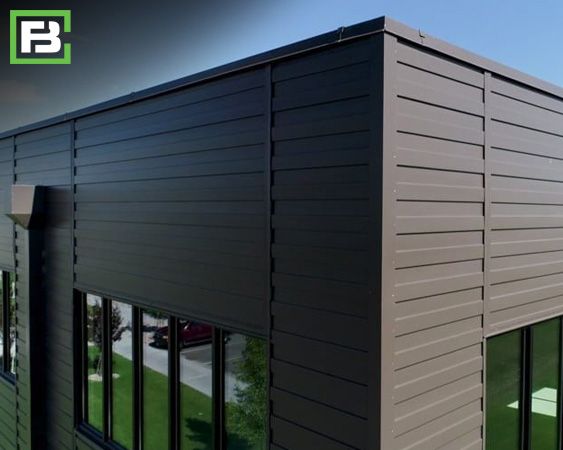 There are countless benefits of using pre-engineered metal buildings, including:
There are countless benefits of using pre-engineered metal buildings, including:
Cost efficiency: One of the most significant advantages of pre-engineered metal buildings is their cost efficiency. These structures are typically more affordable to construct compared to traditional building methods—the streamlined design and manufacturing process of PEMBs results in reduced construction time and labor costs. Additionally, the durability and low maintenance requirements of metal buildings translate to long-term cost savings for facility owners. Pre-engineered metal buildings are resistant to pests, rot, and corrosion, reducing the need for frequent repairs and upkeep. This translates to lower maintenance costs and enhanced durability over the lifespan of the facility.
Speed of construction: Pre-engineered metal buildings take almost half the time of a traditional construction project to build, saving you time, labor, material, and money. Time is money, especially in the world of construction.
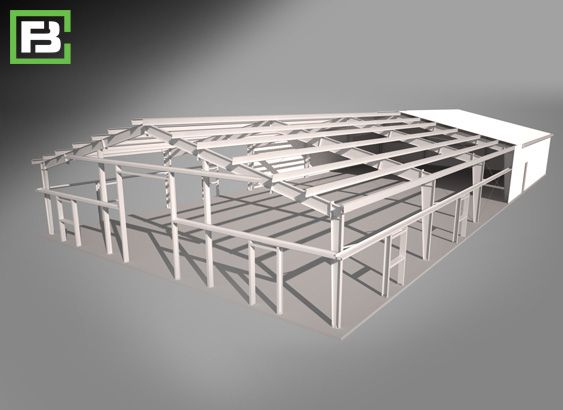
Design: Many owners interested in pre-engineered metal buildings are looking for a structure with an open, extensive interior space. There are endless options for the design of pre-engineered buildings, both inside and out. Modern advancements in technology and construction techniques have made it possible to customize PEMBs to meet specific aesthetic and functional requirements. Whether you envision a sleek and contemporary structure or a more traditional look, pre-engineered metal buildings can be tailored to suit your preferences.
Structural integrity: Pre-engineered metal buildings are renowned for their strength and resilience. Constructed from high-quality steel, these buildings are often more reliable, durable, and resistant to extreme weather conditions, seismic activity, and other environmental factors.
Sustainability: Pre-engineered metal buildings are inherently eco-friendly due to their recyclability and energy efficiency. Steel is one of the most recycled materials in the world, making it an environmentally responsible choice for building construction. Furthermore, the energy-efficient design of metal buildings helps reduce energy consumption and operating costs over time. These structures are tightly sealed, require less insulation than standard buildings, and can be designed with roofing that deflects the sun’s harsh rays.
Flexibility of expansion: PEMBs can be easily expanded in length by adding additional bays. Also, expansion in width and height is possible by pre-designing for future expansion.
So how do PEMBs compare to conventional steel buildings? Here’s the basics1.
| Properties | Pre-Engineered Steel Building | Conventional Steel Building |
|---|---|---|
| Structural Weight | Pre-engineered buildings are, on the average, 30% lighter because of the efficient use of steel.
Secondary members are light weight roll formed “Z” or “C” shaped members. |
Primary steel is hot rolled “T” sections which are, in many segments, heavier than what is actually required by design.
Secondary members are selected from standard hot rolled sections which are much heavier. |
| Design | Quick and efficient design since PEMB’s are mainly formed by standard sections and connections design, time is significantly reduced. | Each conventional steel structure is designed from scratch with fewer design options available to the engineer. |
| Construction Period | Average 6 to 8 weeks | Average 20 to 26 weeks |
| Foundation | Simple design, easy to construct and light weight. | Extensive, heavy foundation required. |
| Erection and Simplicity | Since the connection of compounds is standard, the learning curve of erection for each subsequent project is faster. | The connections are normally complicated and differ from project to project resulting in increasing the time for erection of the buildings. |
| Erection Time and Cost | The erection process is faster and much easier with very less requirement for equipment | Typically, conventional steel buildings are 20% more expensive than PEMB. Erection process is slower and extensive field labor is required. Heavy equipment is also needed. |
| Seismic Resistance | The low weight flexible frames offer higher resistance to seismic forces. | Rigid heavy frames do not perform well in seismic zones. |
| Overall Cost | Price per square foot may be as low as by 30% than the conventional building. | Higher price per square foot. |
| Architecture | Outstanding architectural design can be achieved at low cost using standard architectural details and interfaces. | Special architectural design and features must be developed for each project which often requires research and thus resulting in higher cost. |
| Future Expansion | Future expansion is very easy and simple. | Future expansion is more tedious and costly. |
| Safety and Responsibility | Single source of responsibility is there because the entire job is being done by one supplier. | Multiple responsibilities can result in the question of who is responsible when the components do not fit in properly, insufficient material is supplied, or parts fail to perform particularly at the supplier/contractor interface. |
| Performance | All components have been specified and designed specially to act together as a system for maximum efficiency, precise and peak performance in the field. | Components are custom designed for a specific application on a specific job. Design and detailing errors are possible when assembling the diverse components into unique buildings. |
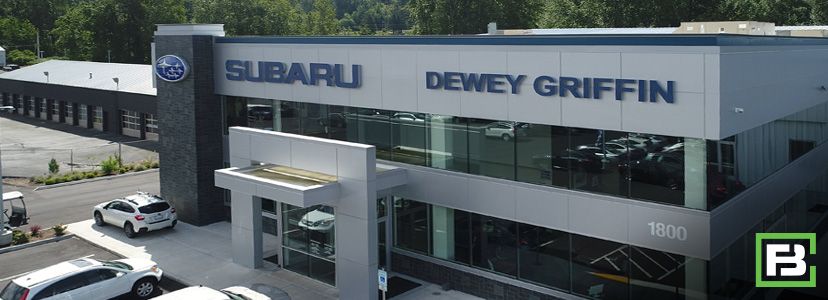
The benefits of pre-engineered metal buildings are undeniable as an investment alternative. They can be built and adapted to suit a wide variety of applications across a variety of industries. Investors and individuals who are looking to build or expand can capitalize on incorporating a PEMB given the economic advantage of investing in a structure that takes less time to design, produce, erect, and maintain.
Pre-engineered metal buildings prove their worth from day one, providing companies and professionals with many opportunities for expansion and growth. They are also expandable and easily customized to meet the needs of a growing business across various industries. New sections can be bolted onto any side. If a section of the building is damaged, repairs can be performed easily, often using replacement parts from the original manufacturer.
Construction time, labor costs, and material costs are more predictable with a pre-engineered metal building system than with conventional construction. Components are manufactured and shipped from a controlled site, so there are fewer labor and human error costs to consider.
If this is a solution you’d like to consider, talk to the steel building experts at Forge. We’d love to help with your next project.
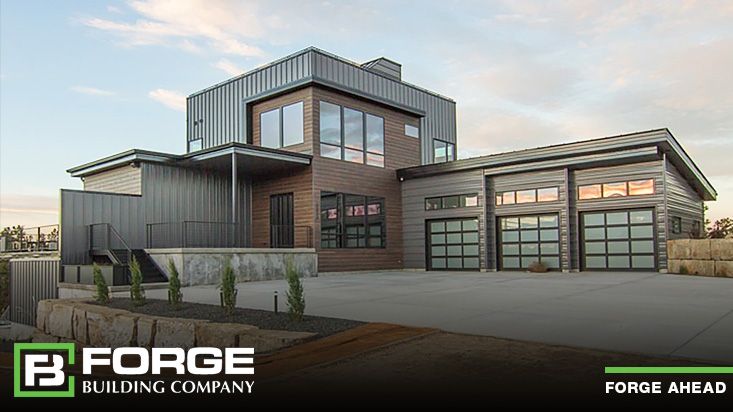
Reference
1. The Constructor. (n.d.). Retrieved from theconstructor.org: https://theconstructor.org/building/pre-engineered-steel-building-components-difference-advantages/37187/
